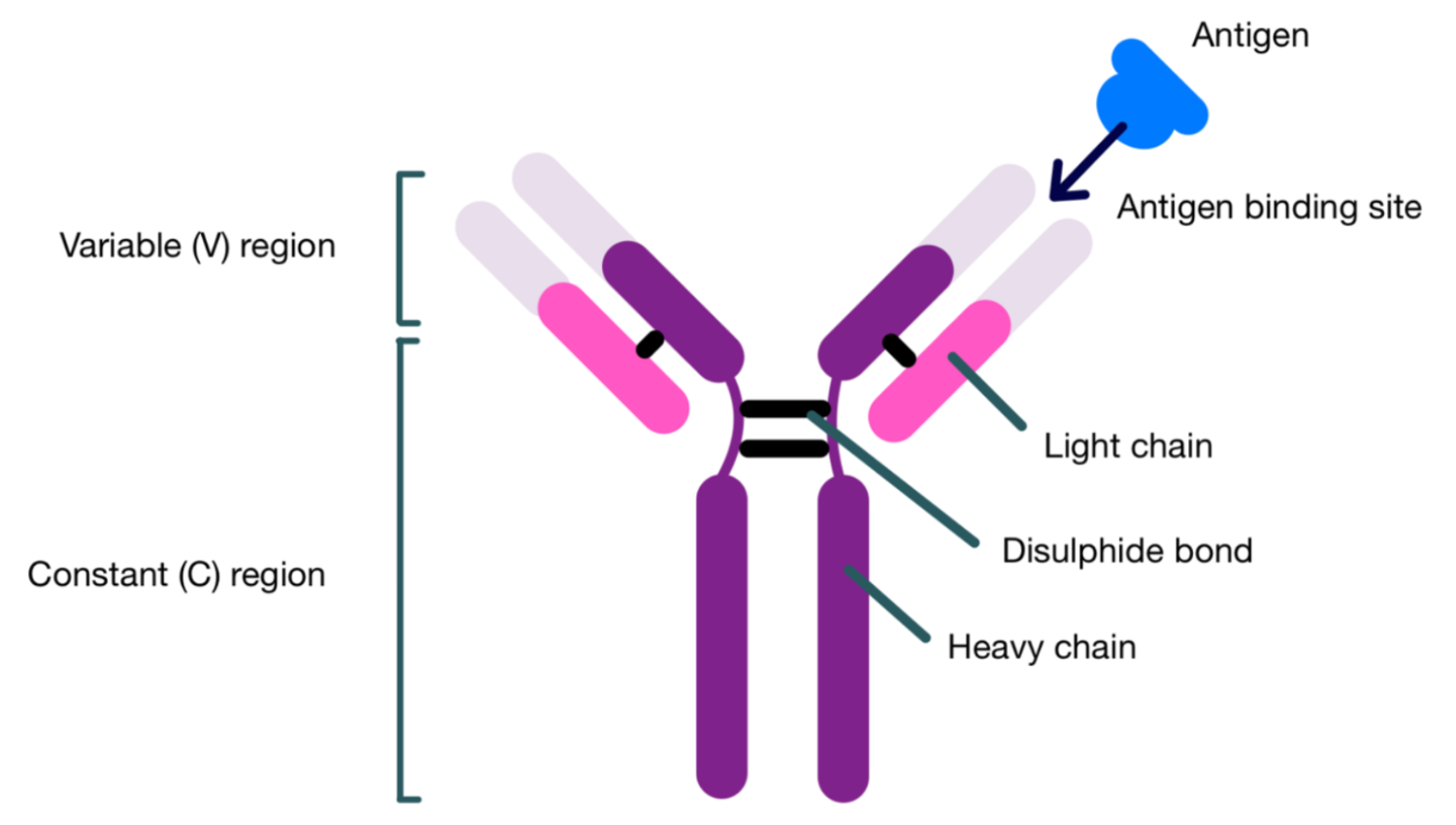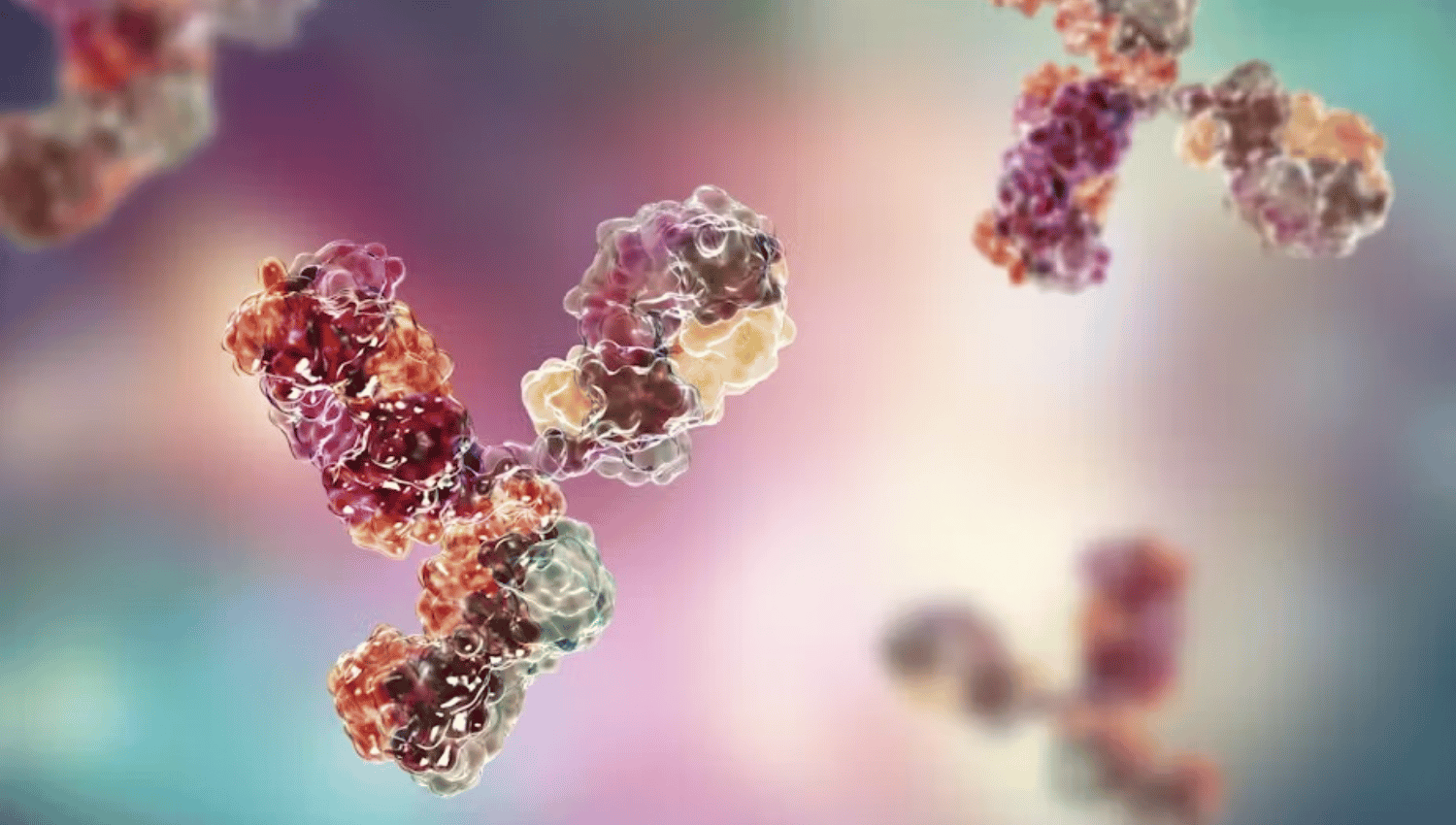What is an Antibody?
Have you ever pondered how our bodies fight against infection? In fact, there is a type of protective protein produced by our body to help us eliminate these invaders, it is called an antibody. Antibody, which is also known as immunoglobulin (Ig), is a protein produced by the immune system that can recognize foreign substances known as antigens. There are 5 classes of antibodies produced by mammals, including IgG, IgM, IgA, IgD, and IgE. Different classes of antibodies contribute to different functions. IgG is the most abundant antibody in serum, it plays its role in neutralizing toxin, and opsonizing bacteria. IgM is the primary antibody response to pathogens, so it is the first defender in our body when there is an infection. IgA is responsible for the immune response in mucosal membranes. In allergic reactions, IgE will be produced to tackle the situation. Lastly, IgD is the only antibody among these 5 classes that its function is not fully understood.
Who produces antibodies?
The cells that are responsible for antibody synthesis are called B cells. B cells, also known as B lymphocytes, are developed in our bone marrows from stem cells. After maturation, B cells can be found in the bone marrow, lymph nodes, spleen, intestine, and bloodstream. They only produce antibodies when they are activated by foreign substances. They will mature into plasma cells when they encounter antigens. Plasma cells can produce a large amount of antibodies, and each plasma cell can only secrete a specific type of antibody. In addition to maturing into plasma cells, B cells can also develop into memory cells, which can respond rapidly against the re-exposure of the same pathogens in the future.
Structure and function of an antibody

The 5 classes of antibody are IgG, IgM, IgA, IgE and IgD. The IgG, IgD and IgE are Y-shaped macromolecules called monomers. A monomer is made up of four polypeptides: two identical heavy chains and two identical light chains. The four polypeptides are connected to each other via di-sulphide bonds and non-covalent bonds. The two tips of the Y monomer are known as variable regions which contain antigen-binding sites that recognize and bind to antigens in an immune response. The bottom part of the Y monomer, which is known as the constant or Fc region of an antibody defines the class and subclass of each antibody. The IgA and IgM antibodies are dimer and pentamer, respectively; of which the IgA is composed of 2 Y-shaped monomers whereas the IgM is composed of 5 Y-shaped monomers, joined at their Fc regions.
Antibodies play crucial roles in targeting and eliminating the foreign substances in our bodies. The presence of antibodies in our bodies indicates a recent or past infection. Research is underway to study, create, and engineer antibodies that can improve diagnosis and treatment of a broad range of diseases.


